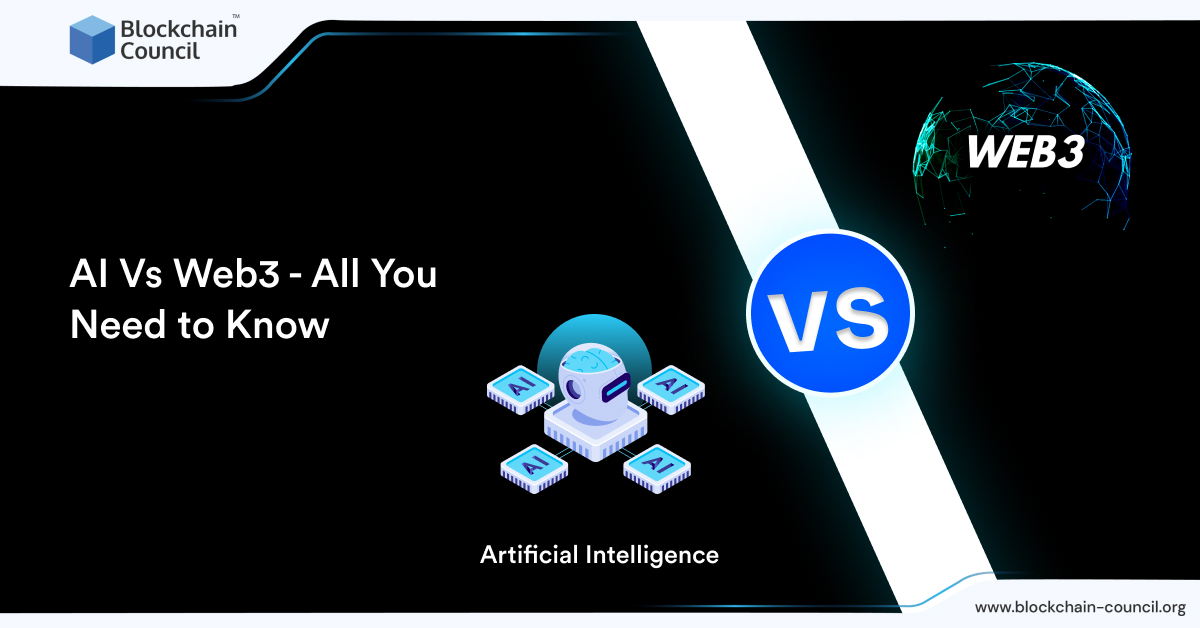
- Blockchain Council
- August 22, 2023
Summary:
- The integration of cutting-edge artificial intelligence (AI) capabilities and the emergence of Web3 are transforming various industries.
- AI encompasses robotics and machine learning, adapting and improving with each dataset it processes.
- Web3 envisions a decentralized internet, giving power to participants, and relies on Blockchain technology.
- Synergies between AI and Web3 can revolutionize finance, healthcare, education, media, and social networks.
- AI can analyze data, optimize smart contracts, offer recommendations, and generate content for Web3 platforms.
- Web3 provides AI with decentralized data sources, fair incentives, and distributed resources.
- Challenges for integration include data privacy, security, ethics, and regulatory concerns.
- Ethical implications of AI and Web3 involve identity, agency, morality, and governance.
- AI and Web3 integration has the potential to create more intelligent, efficient, and inclusive applications.
- Smart contracts can benefit from AI by accessing, analyzing, and verifying data sources relevant to execution.
- AI-powered decentralized applications (dApps) leverage AI to enhance functionality, security, and user experience.
- AI in Blockchain consensus mechanisms can increase efficiency, scalability, and security of consensus protocols.
- The future potential of AI and Web3 includes data exchange, synthetic media, and social impact.
Introduction
The emergence of cutting-edge artificial intelligence capabilities has ignited the imagination of business strategists worldwide, who are eager to explore the future operations of their respective industries in this era of AI. Meanwhile, the advent of Web3 is transforming our interaction with the internet, serving as the lifeline of the contemporary global economy. As a result, it is undeniable that the fusion of AI and Web3 will revolutionize business practices across all sectors, including the realm of cryptocurrencies, and unleash new models beyond our wildest dreams.
But where do you stand, and how can you take advantage of these changing dimensions? As we continue, we will take a deep dive to understand this integration and the opportunities created due to it; let’s start.
Understanding Artificial Intelligence (AI)
A captivating world of possibilities unfolds in the vast realm of Artificial Intelligence (AI). AI is a vast domain with multiple fields like robotics and machine learning which form an essential part. AI eagerly consumes vast datasets, fueling its hunger for new knowledge and solutions. This digital prodigy deciphers hidden patterns through meticulously crafted algorithms and illuminates profound insights within the data depths that businesses utilize to modernize their operations.
AI possesses an extraordinary power to adapt and grow, making it highly adept in any dynamic industry. With each piece of data consumed, its capabilities improve, and its outputs become sharper and more accurate. AI continually updates its understanding, refining its predictions and decisions with unparalleled precision.
This adaptive genius technology can achieve and offer solutions to complex problems like global warming and world hunger. From conquering chess with strategic brilliance to guiding autonomous vehicles through bustling streets, AI waltzes effortlessly through myriad tasks. And as it embarks on these ventures, it evolves, its prowess sharpening with every challenge it undertakes.
Exploring Web3
In 2014, a far-sighted expert in computer science named Gavin Wood bought the concept that would revolutionize the internet as we know it in the form of Web 3.0. This idea was of an online world where power isn’t concentrated in a few tech giants’ hands but shared among all participants. The principles of democracy and individual empowerment were the core values behind this decentralized Internet vision.
In this new era, content and data no longer belong to corporations but to the people. Web 3.0 has taken the idea of a peer-to-peer network to its prime, where platforms, services, web apps, and even mobile apps are hosted collectively. Each participant contributes uniquely to the ecosystem, ensuring a genuinely democratic and inclusive experience.
At the heart of Web 3.0 lies Blockchain technology, which allows users complete control over their shared data and identity. This revolutionary technology paves the way for exciting use cases such as decentralized finance (DeFi), where traditional financial systems are reshaped, and decentralized autonomous organizations (DAOs), where decision-making power is shared among community members. Not to mention the rise of non-fungible tokens (NFTs), enabling artists and creators to own and monetize their digital creations.
The Clash: AI and Web3
Certified Chatbot Expert™
Synergies and Collaborations
AI and Web3 are two of the most essential technological evolutions of the 21st century. They can revolutionize finance, healthcare, education, media, and social networks. AI and Web3 can also complement each other in many ways, creating synergies and collaborations that can enhance the value and impact of both technologies.
For example, AI can help Web3 platforms to analyze large amounts of data, optimize smart contracts, provide personalized recommendations, and generate novel content. Web3 can provide AI with decentralized and secure data sources, transparent and fair incentives, and distributed computation and storage resources. AI and Web3 can create a more intelligent, open, and inclusive digital world.
A case study to understand this collaboration
Data is the fuel for AI, but data is often siloed, inaccessible, or underutilized due to various barriers such as privacy, security, trust, or cost. How can we create a data economy that is more open, fair, and efficient for both data providers and consumers? Well, Web3 and AI have been used by a company together to do that.
Ocean Protocol is a decentralized data exchange protocol enabling AI data sharing and monetization. Ocean Protocol connects data providers and consumers through a network of marketplaces where data can be discovered, accessed, and priced using smart contracts. Ocean Protocol also enables data providers to retain control and ownership of their data, while data consumers can access high-quality and diverse data sources for their AI applications.
Ocean Protocol uses Web3 to provide a platform for data sharing and monetization that is secure, transparent, and fair. Ocean Protocol uses Blockchain technology to ensure the immutability and verifiability of data transactions and provide incentives and governance mechanisms for the network participants. Ocean Protocol also uses decentralized storage and computation technologies to ensure the privacy and security of data, as well as to enable scalable and efficient data processing.
Ocean Protocol is creating a new paradigm for the data economy, where data is a valuable asset that can be exchanged and monetized for AI. Ocean Protocol also creates new opportunities and benefits for stakeholders such as data providers, consumers, regulators, and developers. By using Web3 technologies, Ocean Protocol is unlocking the value of data for AI in a decentralized and open way.
Challenges and Tensions
However, AI and Web3 are not without challenges and tensions. Both technologies face technical, ethical, social, and regulatory issues that must be addressed carefully and collaboratively. Some of the significant challenges and tensions are:
Data Privacy and Security
The integration of AI and Web3 presents a compelling opportunity, yet one that necessitates addressing the paramount concerns of data privacy and security. These foundational pillars require a diligent and professional approach to ensure the trust and confidence of users. Within AI, the concentration of data in centralized sources controlled by select entities raises valid apprehensions. Unauthorized exploitation of user data, privacy breaches, and misuse are genuine risks that demand our attention. A comprehensive strategy is imperative to safeguard sensitive information and preserve individual privacy rights.
Web3 can act as a catalyst for change, offering a decentralized paradigm through Blockchain technology. Empowering individuals with ownership and control over their data establishes a resilient foundation based on transparency, consent, and data sovereignty. This framework allows users to determine who accesses their information and establishes fair incentives for data sharing, nurturing an ecosystem founded on trust and mutual benefit.
Ethical Implications
AI and Web3 have profound ethical implications for society. They raise important questions on how these technologies should be used and the regulations needed to keep them in order. They also challenge the existing notions of identity, agency, and morality in the digital realm. Some of the ethical implications of AI and Web3 are:
Identity
AI and Web3 enable users to create and manage their digital identities through various means, such as biometrics, cryptography, or synthetic media. Users can also have multiple or fluid identities across different platforms or contexts. How do users define and express their identity in Web3? How do they verify or trust the identity of others? How do they protect their identity from theft or manipulation?
Agency
AI and Web3 empower users to have more control and autonomy over their data, assets, and interactions. Users can also delegate tasks or decisions to AI agents or smart contracts. How do users exercise their agency in Web3? How do they balance their autonomy with their accountability? How do they ensure their agency is not undermined or exploited by others?
Morality
AI and Web3 pose moral dilemmas and trade-offs for users, developers, and regulators. For example, how do users decide what is right or wrong in Web3? How do they deal with the ethical conflicts or uncertainties that may arise from AI or Web3 applications? How do they align their moral values with those of others or with the common good?
Governance and Regulation
AI and Web3 require effective governance and regulation to ensure ethical, legal, and social compliance. Governance refers to the rules, norms, standards, or principles that guide the development and use of these technologies. Regulation refers to the laws, policies, or institutions that enforce or oversee the compliance of these technologies. AI and Web3 present several challenges and opportunities for governance and regulation. Some of the challenges are:
Complexity
AI and Web3 are complex and dynamic technologies that involve multiple actors, layers, and interactions. They may also evolve or adapt over time, making them difficult to understand, monitor, or audit.
Diversity
AI and Web3 are diverse and heterogeneous technologies that reflect different goals, values, cultures, or preferences. They may also operate across domains, jurisdictions, or contexts, creating inconsistencies or conflicts among governance or regulatory frameworks.
Innovation
AI and Web3 are innovative and disruptive technologies that create new possibilities, opportunities, or risks for society. They may also challenge or outpace the existing governance or regulatory frameworks, creating gaps or uncertainties in their oversight or enforcement.
Certified Artificial Intelligence (AI) Expert™
The Potential of AI and Web3 Integration
AI and Web3 integration has enormous potential to create new possibilities, opportunities, and benefits for society. AI and Web3 can enable more intelligent, efficient, and inclusive applications and services to address various challenges or needs in different domains. AI and Web3 can also foster more innovation, collaboration, and participation among various stakeholders such as users, developers, communities, governments, or regulators.
Smart Contracts and AI
Smart contracts are beneficial and advanced, but even then can be made much more efficient by using AI. AI can help smart contracts access, analyze, and verify large and diverse data sources relevant to contract execution. AI can also help smart contracts generate or update data dynamically based on the contract logic or external events. AI can help smart contracts detect and prevent fraud, attacks, or errors that may compromise the contract execution or outcome. AI can also help smart contracts encrypt or anonymize sensitive data to protect user privacy or confidentiality.
AI can help smart contracts to optimize their performance, efficiency, and cost by adapting to the changing network conditions or user demands. AI can also help smart contracts coordinate or collaborate with other smart contracts or systems to achieve complex goals or tasks. Some examples of smart contracts and AI integration are BlockTrace, SingularityNET, Ocean Protocol, Alethea AI, and Numerai.
AI-Powered Decentralized Applications (dApps)
These are the native applications of the Web3 ecosystem that run on different Blockchain and provide complete security to the user and their information. dApps use smart contracts to encode their logic and interact with users or other dApps. dApps can provide various services or functions such as gaming, social media, finance, or governance.
AI-powered dApps are dApps that leverage AI technologies such as machine learning, natural language processing, or computer vision to enhance their functionality, security, or user experience. AI-powered dApps can use AI to access, analyze, or generate data, optimize or automate processes, provide personalized or adaptive solutions, or create novel or synthetic content. Some of the benefits of AI-powered dApps are:
AI in Blockchain Consensus Mechanisms
Blockchain consensus mechanisms are the protocols that ensure the validity and consistency of the data stored on a Blockchain. They allow the nodes of a decentralized network to agree on the ledger’s state and prevent malicious attacks or forks. Some of the common consensus mechanisms are proof-of-work (PoW), proof-of-stake (PoS), and proof-of-authority (PoA). AI in Blockchain consensus mechanisms uses artificial intelligence techniques to enhance or replace the existing consensus protocols. AI can help Blockchain consensus mechanisms to achieve higher efficiency, scalability, security, and adaptability. Some of the benefits of AI in Blockchain consensus mechanisms are:
AI can help Blockchain consensus mechanisms to reduce the computational and energy costs of reaching consensus. For example, AI can use reinforcement learning to optimize the decision-making processes of the nodes or use neural networks to compress or encode the data on the Blockchain. AI can help Blockchain consensus mechanisms increase the network’s transaction throughput and latency. Some examples of AI in Blockchain consensus mechanisms are NeuroChain, Harmony, and Hedera Hashgraph.
The Future of Technology
AI and Web3 are our era’s most groundbreaking and influential technologies. Experts speculate that if they are used to their complete potential, they can have far-reaching effects on our life and the world in a positive way. AI and Web3 can also synergize and cooperate in many ways, creating value and impact that can amplify both technologies. AI and Web3 can create a smarter, more accessible, and fairer digital world. Here are some of the ways they can work together to achieve this vision:
Data exchange and monetization
AI and Web3 can enable data providers and consumers to trade data securely and relatively using smart contracts or tokens. Data providers can maintain control and ownership of their data, while data consumers can access high-quality and diverse data sources for their AI applications. For example, Ocean Protocol is a decentralized data exchange protocol that enables data exchange and monetization for AI.
Synthetic media
AI and Web3 can revolutionize the media industry by enabling user-generated and synthetic media content, such as images, videos, or audio. AI can assist Web3 platforms to create or manipulate media content using techniques such as generative adversarial networks (GANs) or natural language generation (NLG). Web3 can assist AI platforms in distributing or monetizing media content using decentralized storage networks or NFT marketplaces. For example, Alethea AI is a platform that allows users to create and share synthetic media content using AI-generated avatars.
Social impact
AI and Web3 can empower social good by enabling social impact measurement and reporting, charitable giving and fundraising, community building and governance, and digital citizenship. AI can assist Web3 platforms in collecting, analyzing, or verifying social impact data using classification, clustering, or anomaly detection techniques. Web3 can assist AI platforms to incentivize or reward social impact actions using mechanisms such as tokens or DAOs. For example, Giveth is a platform that allows users to donate or raise funds for social causes using smart contracts.
The future of AI and Web3 is bright and promising. Combining their strengths and overcoming challenges can create a new paradigm for the digital world that is smarter, freer, and fairer for everyone.
Conclusion
The implications of AI in Web3 are significant, as they can influence various aspects of the digital landscape. As we continue to explore and understand the applications and implications of AI in the Web3 ecosystem, we can look forward to notable advancements and innovations in the times to come. The need of the hour is to embrace this exciting technological frontier and work collaboratively to ensure that the benefits of AI are harnessed responsibly and effectively in the Web3 ecosystem.
As businesses increasingly rely on AI-generated content, individuals with the right skills are extremely important and in demand. If you want to learn how to navigate between Web3 and AI, check out Blockchain Council and trust us to provide courses that will help you gain practical knowledge and learn suitable skills.
- AI has the power to revolutionize various industries by processing vast datasets and revealing hidden patterns.
- It adapts and improves with each piece of data, making it versatile and effective in dynamic environments.
- AI’s potential spans from solving complex issues like global warming to guiding autonomous vehicles.
- The fusion of AI and Web3 can enhance business practices across sectors, from cryptocurrencies to other domains.
- AI and Web3 integration can create a more intelligent, open, and inclusive digital world.
- Web3 envisions a decentralized internet where power is distributed among participants, emphasizing democracy and empowerment.
- Blockchain technology is at the heart of Web3, allowing users control over their data and identity.
- Content and data ownership shifts from corporations to individuals, fostering a peer-to-peer network.
- Web3 enables decentralized finance (DeFi), decentralized autonomous organizations (DAOs), and non-fungible tokens (NFTs).
- This decentralized paradigm offers transparency, fairness, and a more democratic online experience.
- AI and Web3 can revolutionize finance, healthcare, education, media, and social networks.
- AI aids Web3 platforms in analyzing data, optimizing contracts, providing recommendations, and generating content.
- Web3 provides AI with secure data sources, transparent incentives, and distributed computation and storage.
- Synergies between AI and Web3 enhance the value and impact of both technologies.
- Collaboration between AI and Web3 creates a more intelligent, open, and inclusive digital ecosystem.
- Ocean Protocol is a decentralized data exchange protocol enabling AI data sharing and monetization.
- It connects data providers and consumers through marketplaces using smart contracts.
- Web3’s Blockchain technology ensures data transaction immutability and verifiability.
- Ocean Protocol empowers data providers with control and ownership while providing diverse data sources for AI applications.
- This integration creates a new data economy paradigm, where data is exchanged and monetized for AI in a decentralized manner.
- Data privacy and security concerns demand attention due to centralized data concentration.
- Ethical implications arise from users defining identity, exercising agency, and navigating morality in the digital realm.
- Effective governance and regulation must address AI and Web3’s complexity, diversity, and innovation.
- Both technologies raise questions about identity verification, user autonomy, and aligning moral values.
- While AI and Web3 hold potential, collaborative addressing of technical, ethical, social, and regulatory issues is crucial.

































































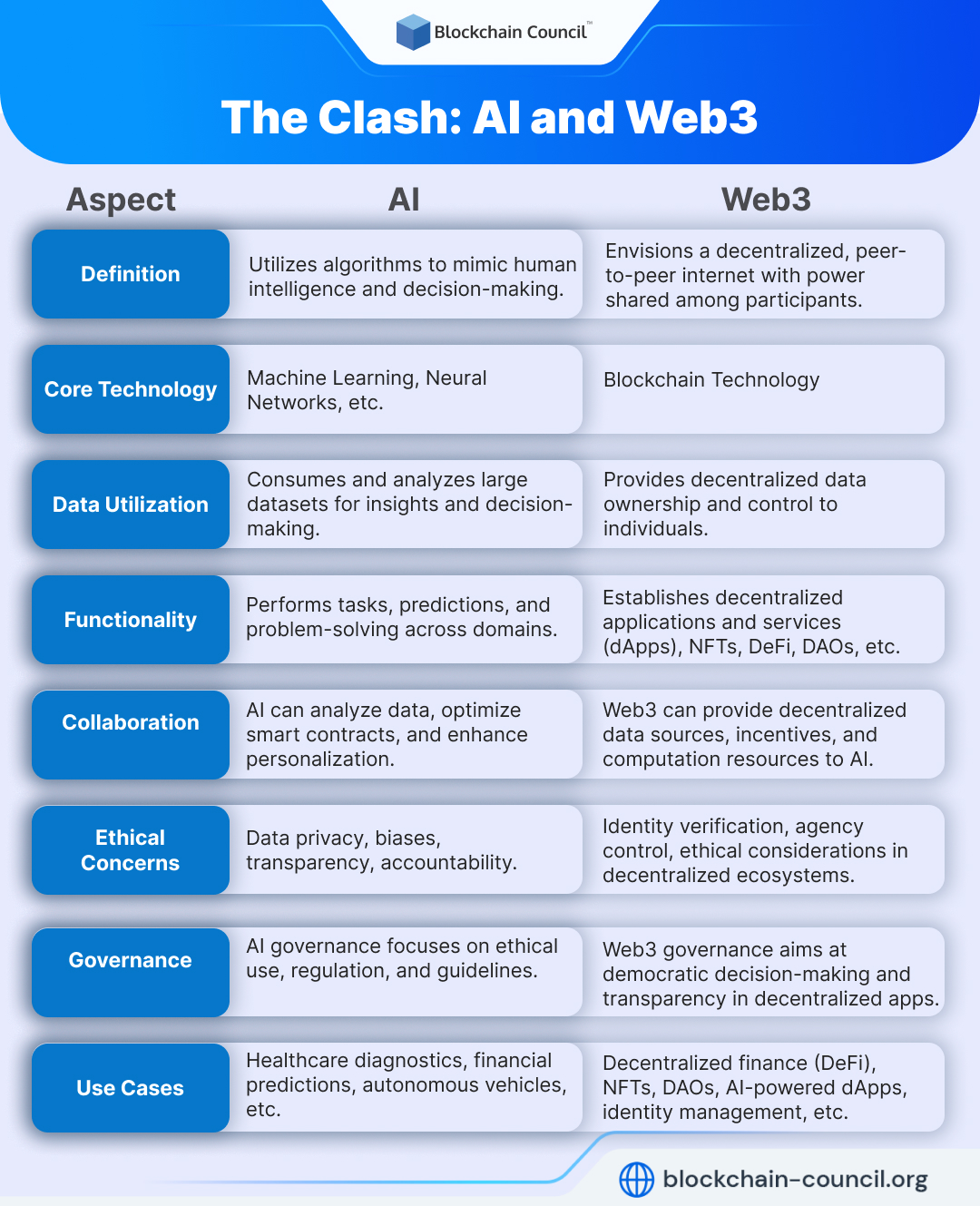
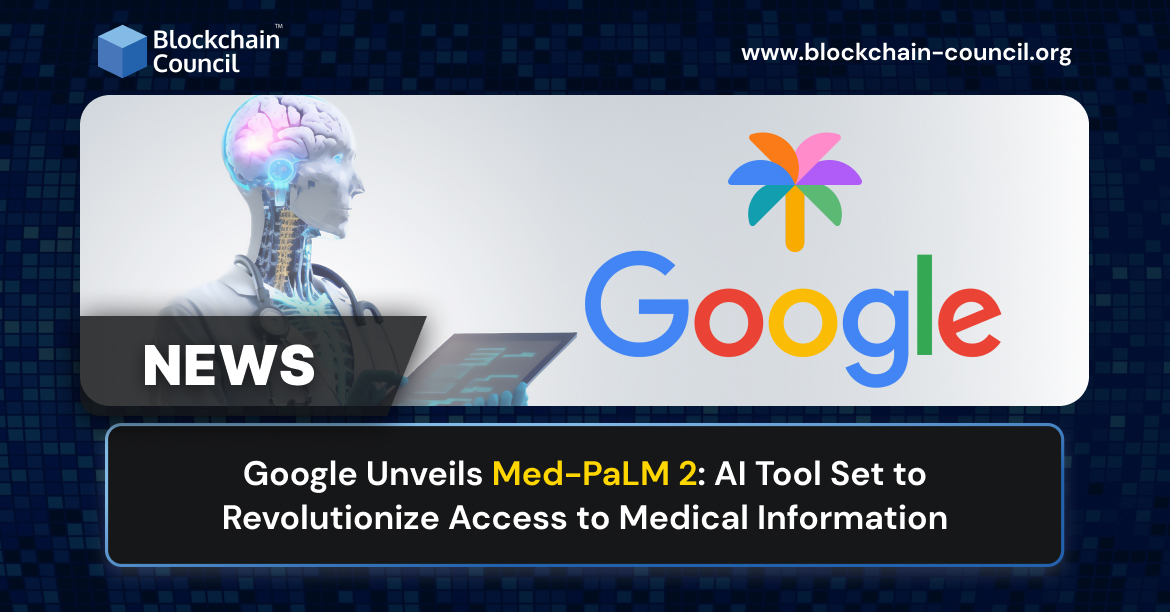
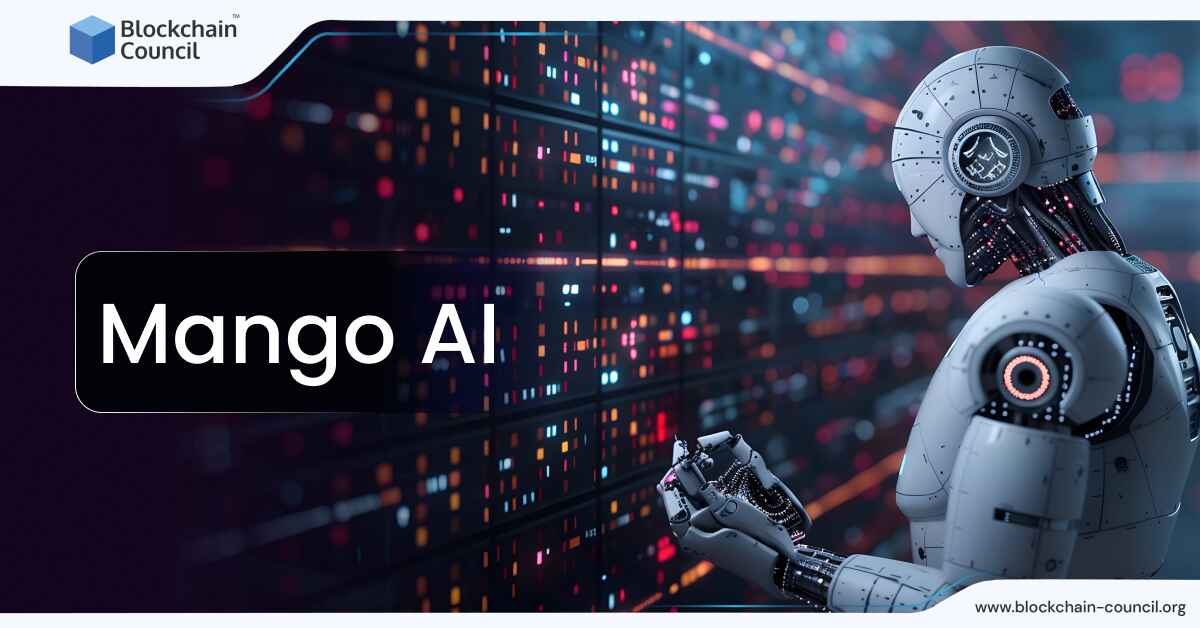

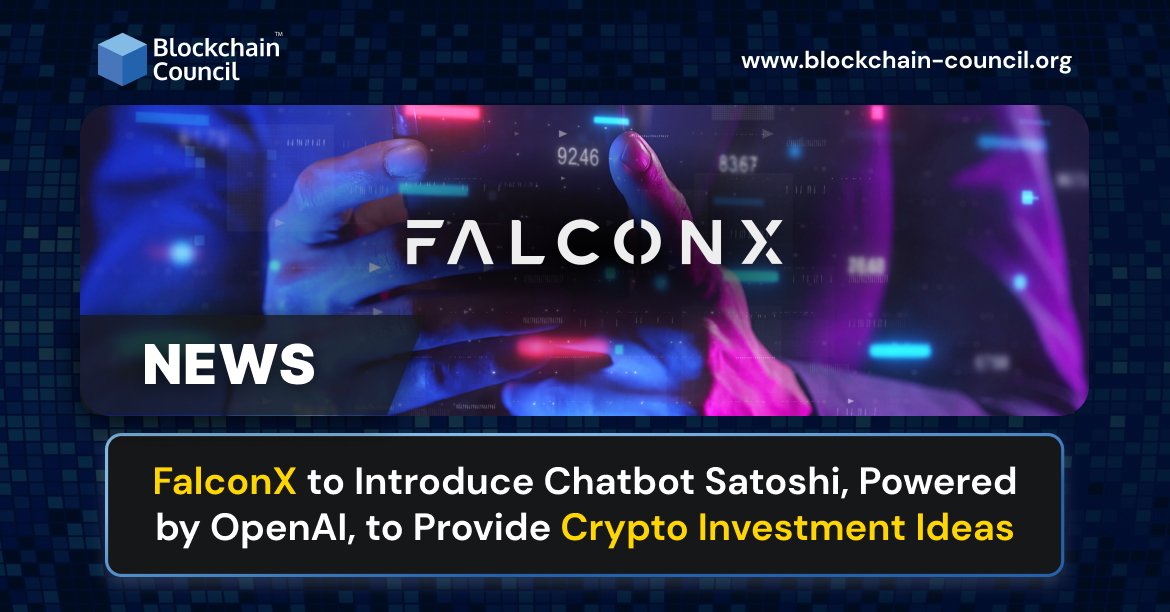
 Guides
Guides News
News Blockchain
Blockchain Cryptocurrency
& Digital Assets
Cryptocurrency
& Digital Assets Web3
Web3 Metaverse & NFTs
Metaverse & NFTs
